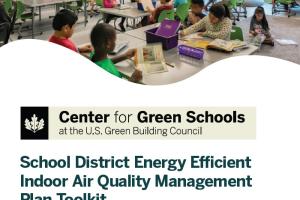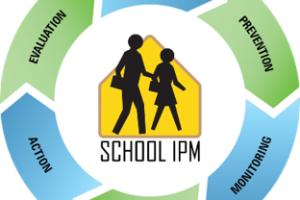TOOLS TO GREEN YOUR SCHOOL
Start here to find free resources
FEATURED TOOLS

This toolkit is intended to provide useful resources for school systems in developing and implementing a written Energy Efficient Indoor Air Quality (IAQ) management plan. By guiding users through each component of an Energy Efficient IAQ management plan, this toolkit offers example plan language derived from real school district plans and EPA Tools for Schools resources, while also highlighting energy efficiency implications and case studies from school districts. Furthermore, you can download the plan template, which consolidates all example language into an easily editable document, enabling you to customize a plan tailored to your district's needs.

Explore how Prince George's County Public Schools Indoor Air Quality Professional Learning Community has empowered students and educators to be ambassadors for environmental justice.

Use this template slide deck to educate your school community (teachers, school admin, etc) about the importance of taking proactive measures to reduce the presence of mice and pests in schools. The deck can be edited, but is a starting point to share best practices with good photos illustrating what to do and what not to do.
